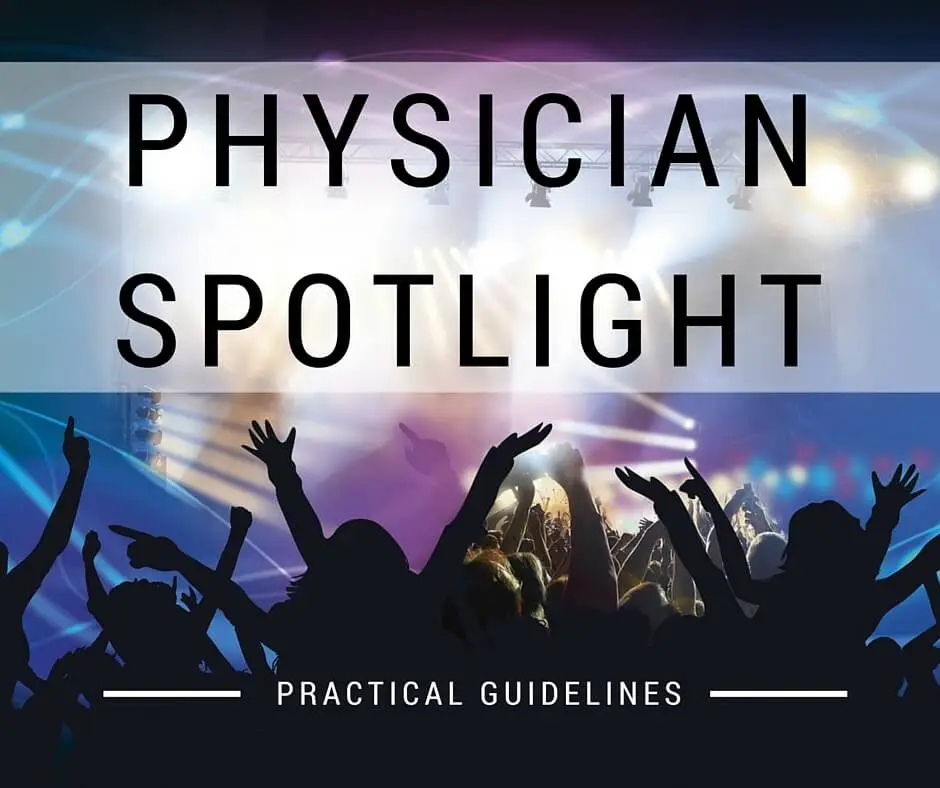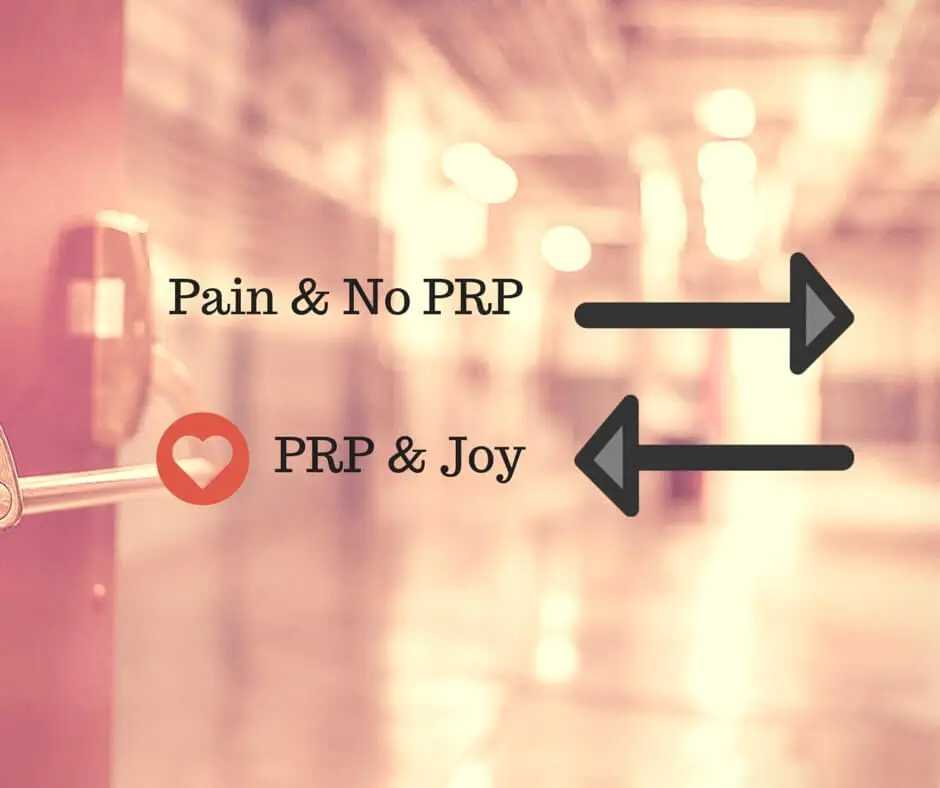| Item | Price | Qty | Total | |
|---|---|---|---|---|
 Loading Cart...
Loading Cart...PRP Injections — The Physician Spotlight

Five years ago, if a doctor had offered you “PRP Injections,” you probably would’ve backed away fearing if the doctor is about to do some crazy experiment that could go wrong. This miracle of a treatment went from totally strange to a healing necessity in just a few years’ time, and you probably want some answers as to why this happened.
PRP injections are like a switch that turns on healing. Whenever a chronic injury happens, bleeding causes blood flow to slow down in the immediate surrounding tissues. That’s why healing is slow. We could supply blood to compensate for the situation. But PRP injections take it a level further. They extract the natural healing components in the blood and supply them to the affected area in bulk.
Sports professionals love it because it gets them back in the game in record time. People suffering from pain (from injuries) love it because it allows them to get off the harmful painkillers fast.
A Lot Of Healing For A Lot Of People
The National Center for Biotechnology Information (NCBI) has logged over 5200 entries of Platelet-Rich Plasma (PRP) treatments ranging in medical fields from orthopedics, dermatology, otolaryngology, cardiothoracic, sports medicine, dentistry, ophthalmology, neurosurgery, urology, wound healing, urology, and maxillofacial surgery.
The early popularity of Platelet-Rich Plasma grew from the promise it was a natural and safe alternative to surgery. PRP supporters endorsed the treatment as an organic based therapy that enabled the use of one’s own plasma growth factors, to heal the body. In recent years, technology and scientific research has provided a new perception on platelets. Studies indicate that platelets have a copious amount of cytokines and growth factors that affect inflammation, infection, wound, osteogenesis, avert postoperative blood loss, soft tissue and muscle tear healing.
Scientific research now shows that platelets release several bioactive proteins that are responsible for attracting osteoblasts, macrophages, and mesenchymal stem cells, which promotes the removal of disintegrated and necrotic tissue, and also enhances tissue restoration and healing.
The interesting this is how the acceptance of PRP actually grew. In the 1990s, when medical practitioners who were predominantly trained in using prolotherapy, started using Platelet-Rich Plasma, they started to see much better clinical results when they swapped their usual injectible solution with a concentration of the patients’ own blood. Even though the PRP method is ominously more multifaceted and necessitates additional laboratory equipment to perform successfully, the reasonably more vigorous response, less treatments and enhanced tissue health that paralleled the effects of prolotherapy, made the treatment a preferred choice for them.

Physician Accreditation: Platelet Rich Plasma (PRP) Injection Therapy Guidelines
First, it should administered by allopathic or osteopathic physicians with a valid license to practice.
Second, they should have prior experience treating patients successfully and safely with PRP.
Third, the doctor should adhere to ICMS/AMSSM guidelines for the handling and delivery of PRP.
Physicians who have a valid license and practice medicine and/or surgery in the state they are licensed to practice in. To successfully and safely perform PRP procedures, they require the knowledge of the following:
- Diagnosis
- Standard treatments
- Benefits
- Risks
- Contraindications
- Methods of preparation
- Delivering it to the right patient in the correct situation
Here are few key things to keep in mind.
- According to ACGME standards all physicians who give PRP injections must be board certified and retain applicable overall musculoskeletal specific continuing education credits. Topics explicitly encouraged include the following: diagnosis, treatment, and structural and radiological findings in patients with acute or chronic pain.
- For neuro musculoskeletal injuries there are specific CME (continuing medical education credits) accredited courses that offer updated findings, techniques, and uses of PRP that physicians and surgeons are strongly encouraged to attend.
- Physicians and surgeons who do PRP injections need be acquainted with the peer review literature and the normal treatments of the diagnoses he/she are considering for PRP therapy as well as the benefits, any risks, and the methods of PRP injections, while adhering to the specific ICMS /AMSSM guidelines of the handling and the delivery of PRP.
- PRP training attendance will cover the preparation and proper use of grafts by a physician or a surgeon comfortable performing the PRP therapies. It is recommended that all appropriate conventional treatment measures have been exhausted to both the physicians’/surgeons’ and the patient’s satisfaction preceding the use of PRP as a treatment.
- The physician/surgeon must be able to determine the applicable indications and contraindications for PRP treatment, consistent with standards set forth by ICMS/AMSSM. The physician/surgeon must articulate the appropriate benefits and risks of the procedure, follow-up and acceptable activities for the patient.
- The physician must have the proper understanding of the proper graft selection and preparation of a graft with and/or without additive support such as (thrombin, calcium, etc).
- The physician/surgeon must be educated in the recognition and management of any possible complications.
- The physician/surgeon must be trained and comfortable with the use of pain control measures.
- The physician/surgeon should be trained in both guided and non-guided PRP injections. Including the efficacy and safety differences of guided and non-guided injections although adherence to guided injections is the universal standard with PRP injections. Physician ability and the patient’s preference may modify the choice on a case by case basis.
- Proven use of Cat Scan or fluoroscopy privileges will be adequate for use with PRP. American Institute of Ultrasound Medicine (AIUM) certification for ultrasound guidance is also adequate. If AIUM accreditation is absent, the doctor/surgeon must have a MINIMUM of at least one high quality ultrasound course and one advanced ultrasound course with specific training in procedures and require needle guidance.
- Additionally, an appropriate amount of accomplished injections that shows the physician can consistently, safely and successfully place a needle in the precise structure without causing any damage to any vital nearby structures is essential.
Lack Of Insurance Payout Is The Last Hurdle
Sadly, a lot of insurance companies are holding off from covering PRP Injections.
To them, PRP sounds trouble. If a treatment as fast, convenient and side-effects-free as PRP, naturally everyone will get it. And it skyrocket the cost of coverage.
Here’s a list of insurance companies that do not cover PRP Injections.
- AETNA
- BLUE CROSS BLUE SHIELD
- CIGNA HEALTH PLANS
- HEALTH NET
- OXFORD HEALTH PLANS
- UNITED HEALTHCARE
Since you’re going to pay for the treatment, you want to be exercising the utmost care in choosing the right physician to do it. Experience helps and knowing which conditions will not benefit from PRP is important.


